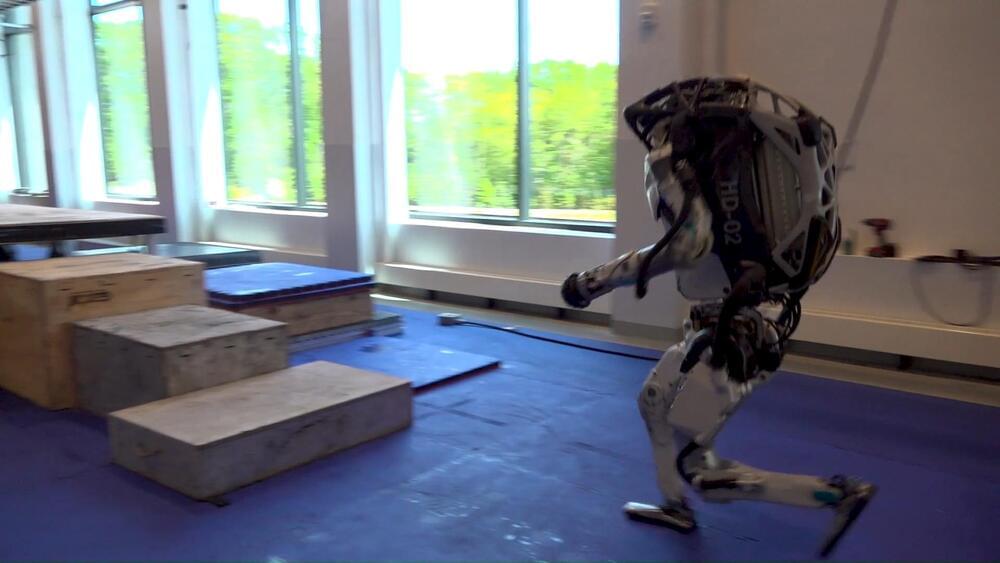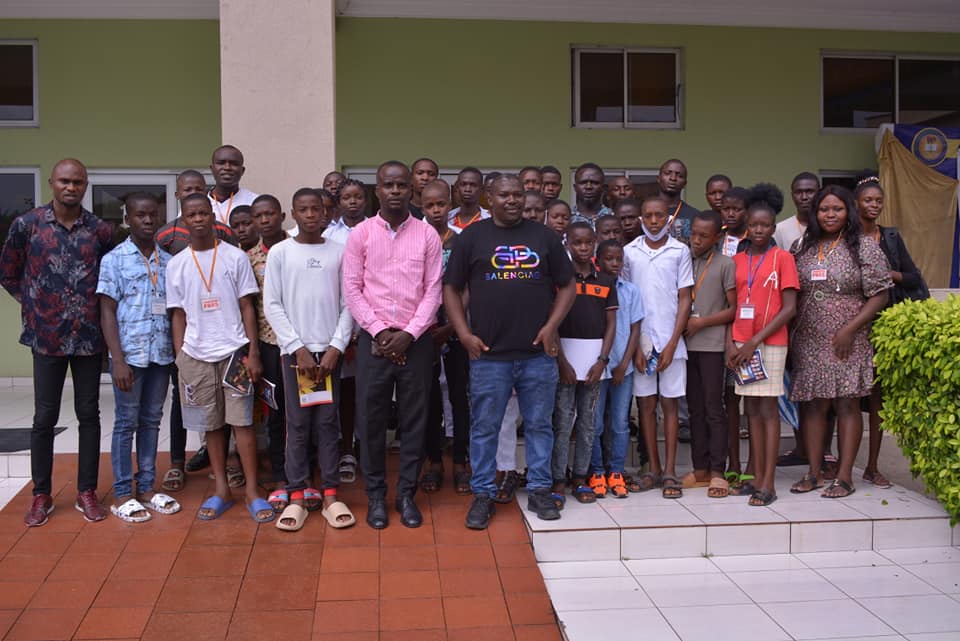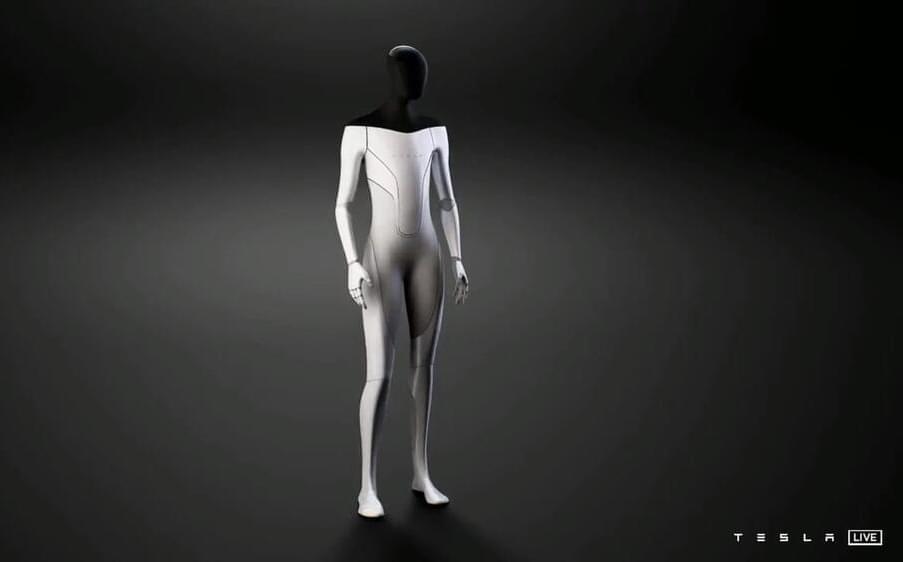Discover what we do when robots break and learn how we take the opportunity to rebuild more robust robots. https://bit.ly/2WsZnGm


Discover what we do when robots break and learn how we take the opportunity to rebuild more robust robots. https://bit.ly/2WsZnGm
Now, the robot geologist reached an exciting area with mountain layers that may reveal how the ancient environment within Gale Crater dried up over time. More: https://go.nasa.gov/2W48e0U

Towards raising young developers across the Urhobo Nation, the Urhobo Innovation Hub has completed the training of 40 youths on Website design, Internet of Things (IOT), Robotics and Virtual Reality.
The boot camp training, which drew its participants from Urhobo youths within the age bracket of 13–38 years old, held at the Michael and Cecilia Ibru University, Agbaro-Otor, Delta State.
The Hub is a brainchild of the Urhobo Economic and Investment Summit (Ekpobaro) and was initiated to raise young entrepreneurs of Urhobo extraction who will key into the reality of the new normal and raise seasoned developers to make Urhobo Nation proud.
It seeks to raise about 200 young developers with projects to show before the end of the 1st quarter of 2024.
The Principal Partner of the Hub and Convener of the Urhobo Economic and Investment Group, Mr. Kingsley Ubiebi, enjoined all stakeholders to support young developers across Urhobo Nation as they are the problems solvers and leaders of tomorrow.
The boot camp ended with the issuance of certificate to participants who were advised to embark on relevant projects before the 2nd edition of the training.



Much of the recent progress in AI has come from building ever-larger neural networks. A new chip powerful enough to handle “brain-scale” models could turbo-charge this approach.
Chip startup Cerebras leaped into the limelight in2019when it came out of stealth to reveal a 1.2-trillion-transistor chip. The size of a dinner plate, the chip is called the Wafer Scale Engine and was the world’s largest computer chip. Earlier this year Cerebras unveiled the Wafer Scale Engine 2 (WSE-2), which more than doubled the number of transistors to 2.6 trillion.
Now the company has outlined a series of innovations that mean its latest chip can train a neural network with up to 120 trillion parameters. For reference, OpenAI’s revolutionary GPT-3 language model contains 175 billion parameters. The largest neural network to date, which was trained by Google, had 1.6 trillion.
As a recent New York Times article highlighted, self-driving cars are taking longer to come to market than many experts initially predicted. Automated vehicles where riders can sit back, relax, and be delivered to their destinations without having to watch the road are continuously relegated to the “not-too-distant future.”
There’s not just debate on when this driverless future will arrive, there’s also a lack of consensus on how we’ll get there, that is, which technologies are most efficient, safe, and scalable to take us from human-driven to computer-driven (Tesla is the main outlier in this debate). The big players are lidar, cameras, ultrasonic sensors, and radar. Last week, one lidar maker showcased some new technology that it believes will tip the scales.
California-based Luminar has built a lidar it calls Iris not only has a longer range than existing systems, it’s also more compact; gone are the days of a big, bulky setup that all but takes over the car. Perhaps most importantly, the company is aiming to manufacture and sell Iris at a price point well below the industry standard.
When it encounters oncoming traffic, it will autonomously fly to the side of the track and let traffic pass.

Circa 2009
The researchers expect to have a working prototype of the product in four years. “We are just at the beginning of this project,” Wang said. “During the first two years, our primary focus will be on the sensor systems. Integrating enzyme logic onto electrodes that can read biomarker inputs from the body will be one of our first major challenges.”
“Achieving the goal of the program is estimated to take nearly a decade,” Chrisey said.
Developing an effective interface between complex physiological processes and wearable devices could have a broader impact, Wang said. If the researchers are successful, they could pave the way for “autonomous, individual, on-demand medical care, which is the goal of the new field of personalized medicine,” he added.